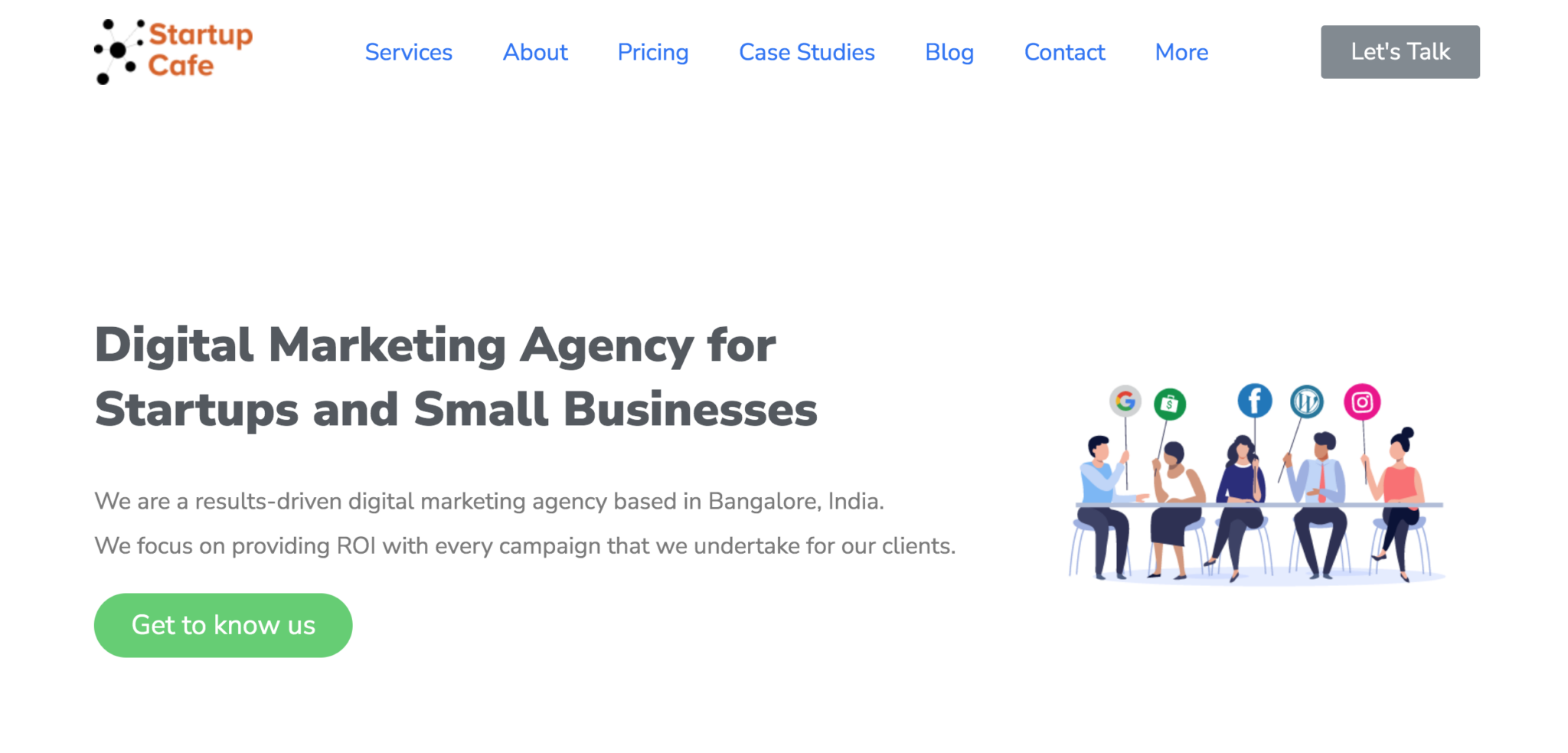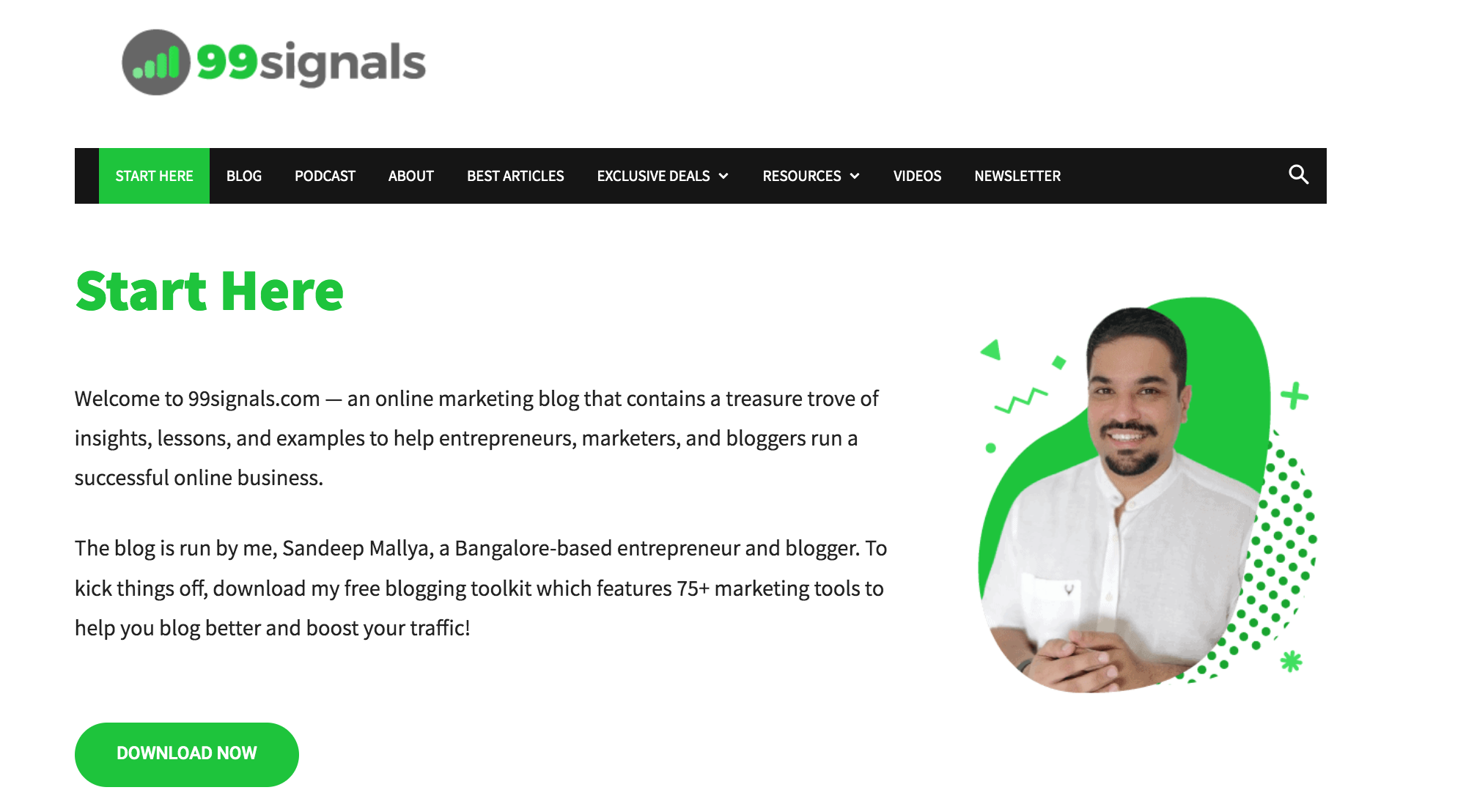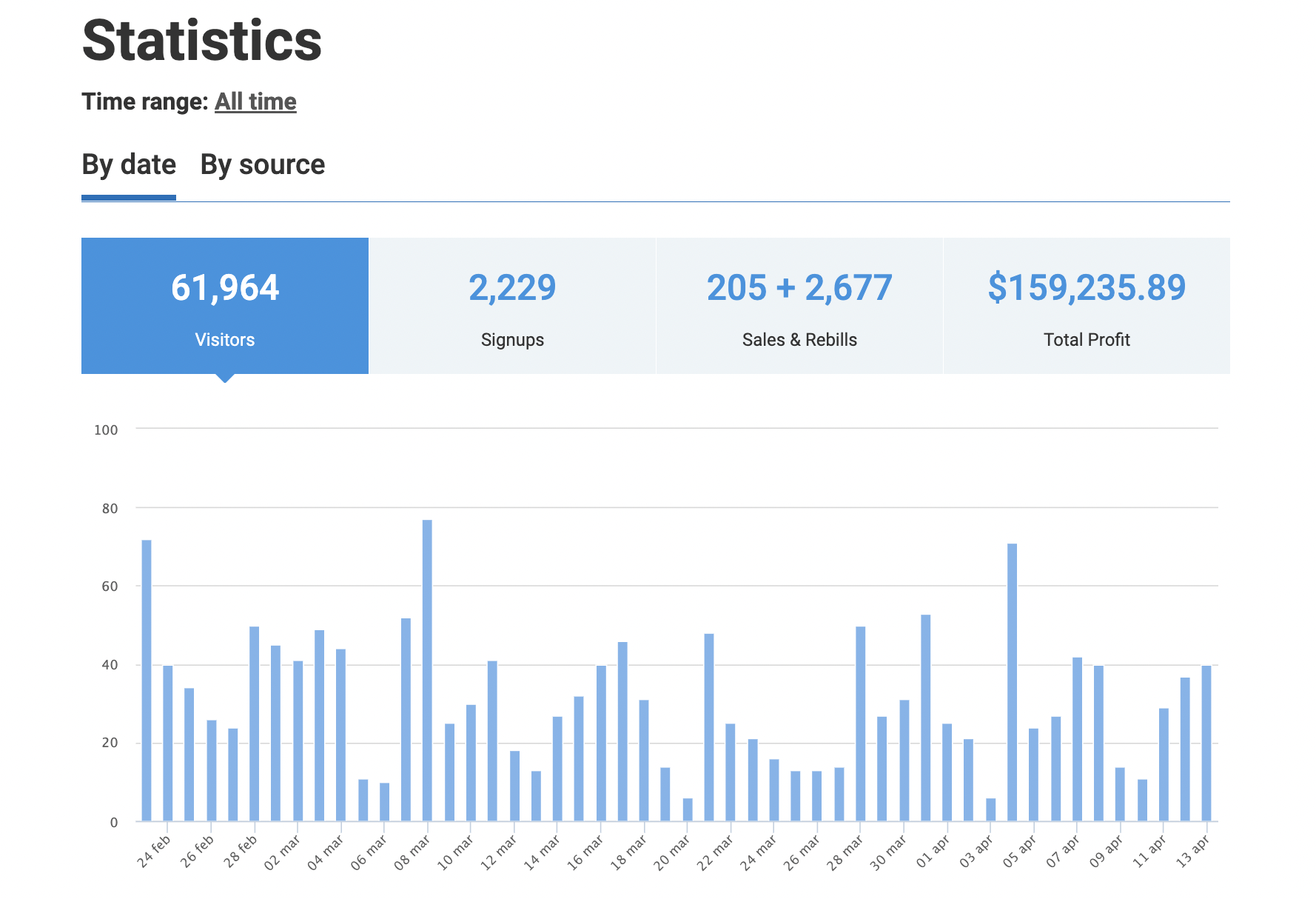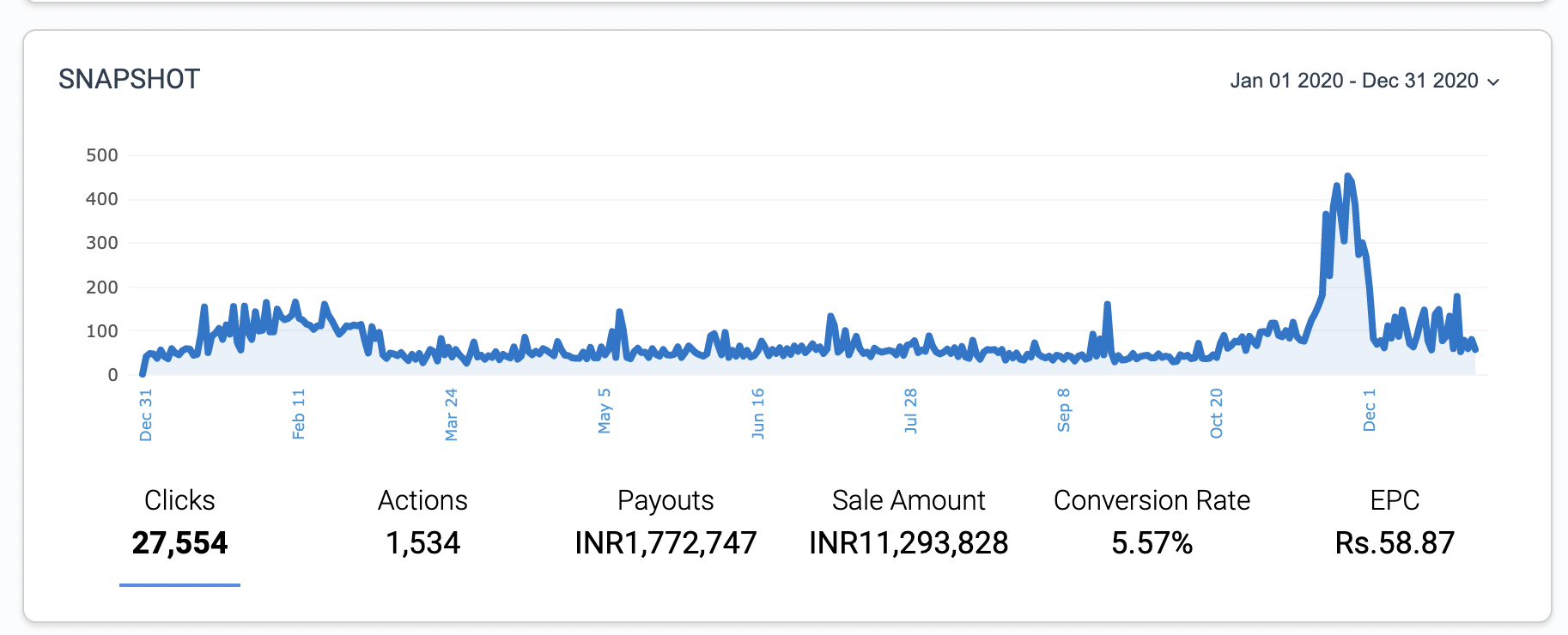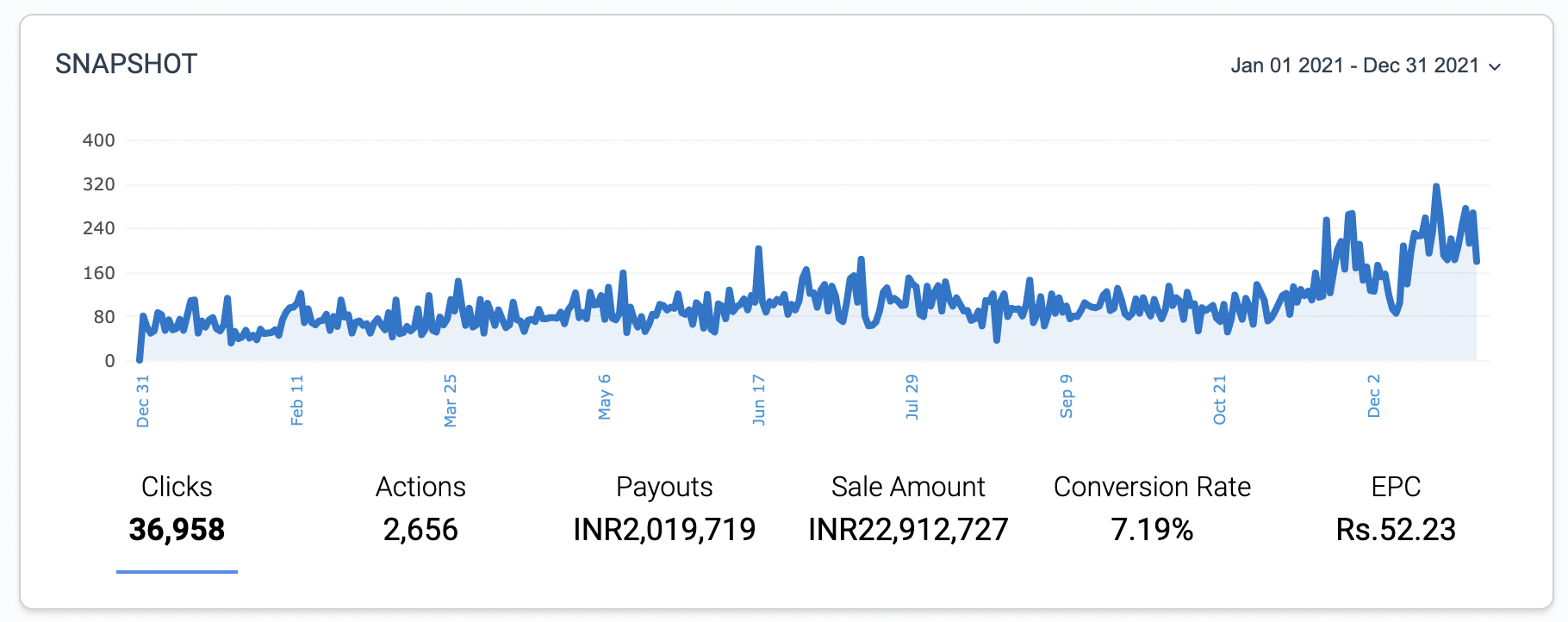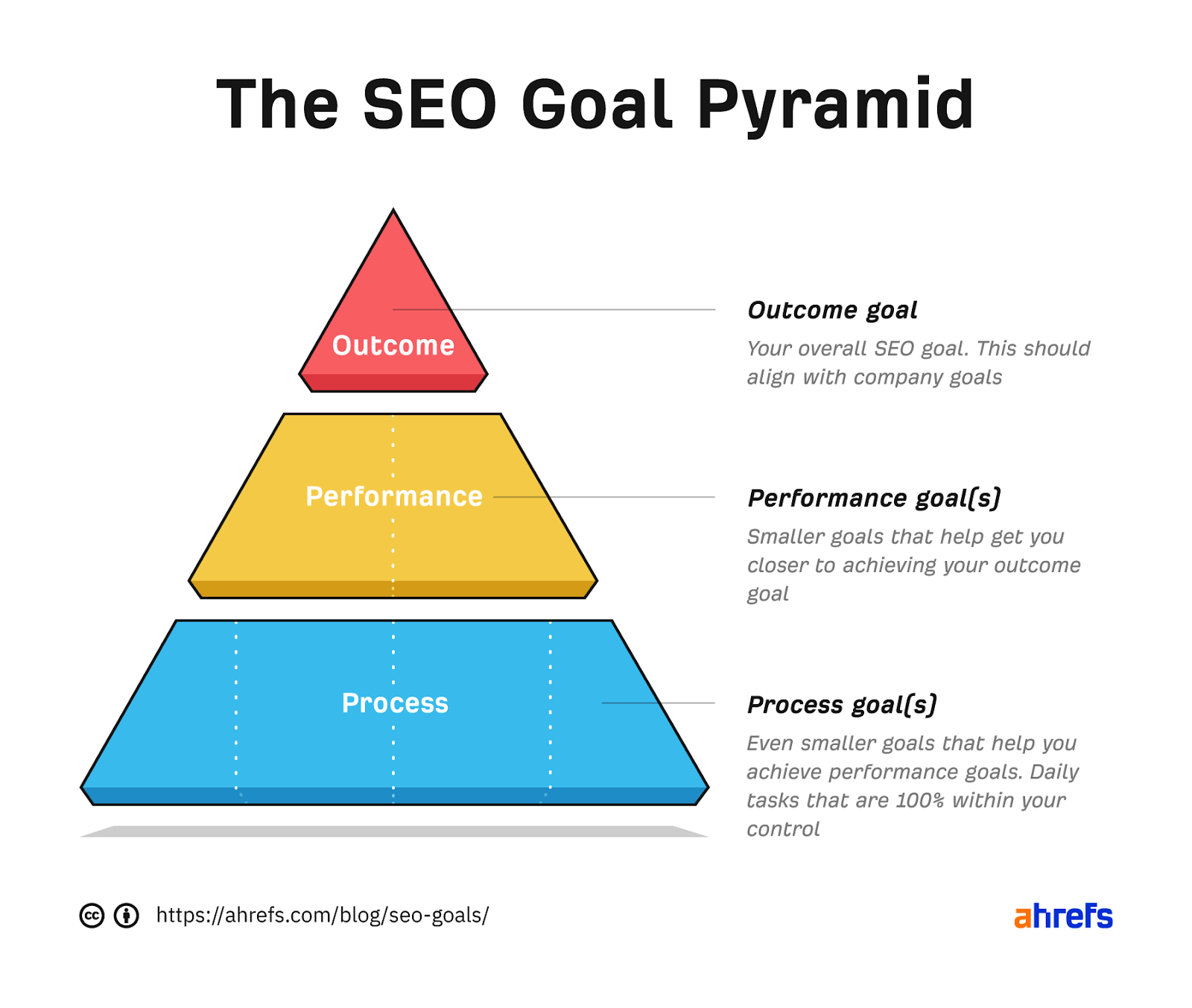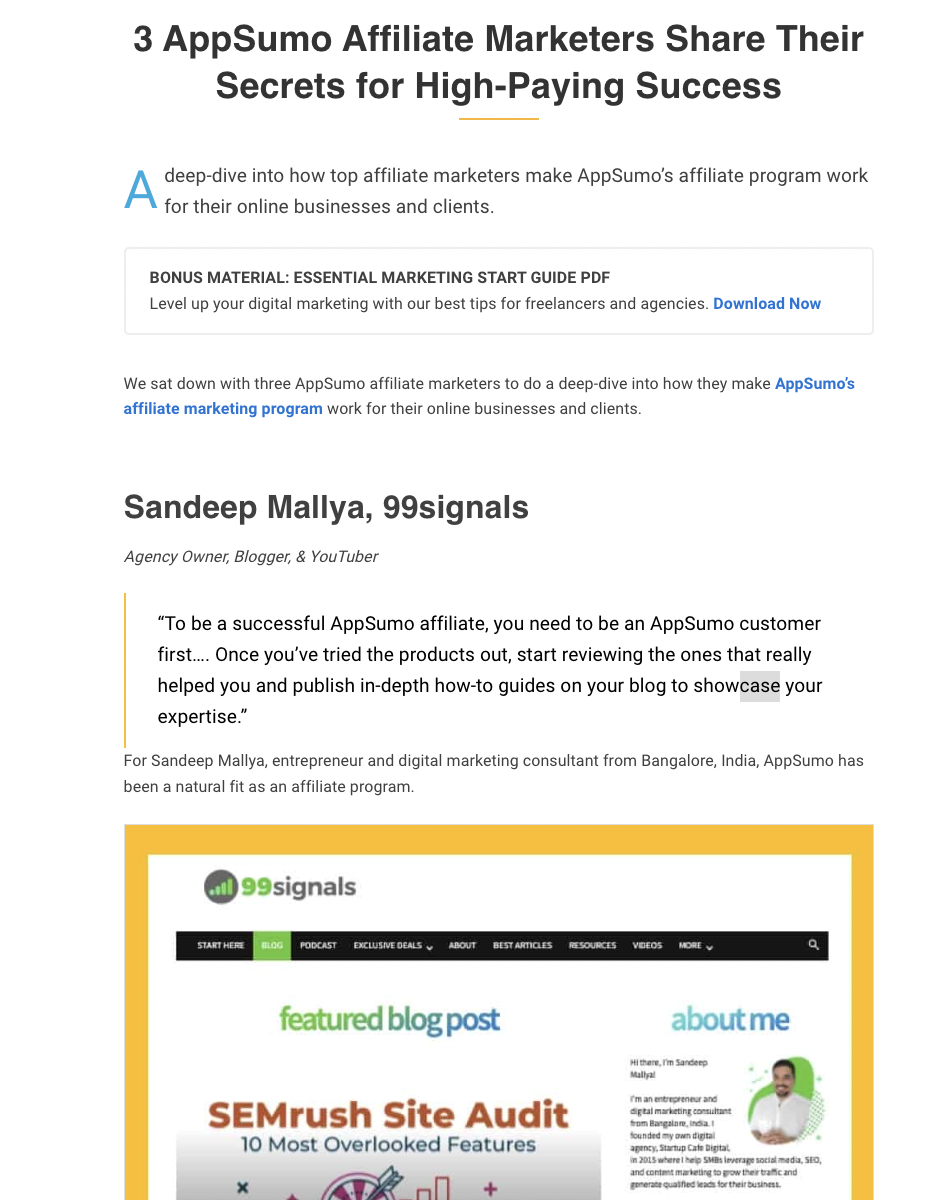
When Sandeep Mallya was working at India’s largest media companies, he didn’t really know what the future held. But after gaining extensive experience in marketing and SEO, he decided to launch a side hustle or two.
First, he created his digital marketing agency, Startup Cafe Digital, and then a year later he created 99signals, his SEO and marketing blog. Years of hard work to establish himself as an authority in the space have certainly paid off: his blog is now bringing in over $10k per month.
SEO, social media, PPC, podcasting—Sandeep Mallya knows about all of it, and he shares it with others to help them gain traction and grow traffic.
In this interview, he talks about:
- Book recommendations for entrepreneurs
- The importance of content marketing
- His content optimization strategy
- How to use the SEO goal pyramid
- His favorite approaches to link building
- Content creation tips
- How he builds his email list
- His favorite tools
- How he establishes authority
- His advice for other entrepreneurs
Keep reading to find out exactly how he did it.
About Sandeep Mallya
I’m an entrepreneur and blogger from Bangalore, India. Before I launched my own business, I worked with two of the largest media companies here for close to 7 years.
I launched my own digital agency, Startup Cafe Digital, in 2015 to help early-stage and growth-stage startups leverage SEO, social media, and content marketing to grow their traffic and generate traction.
A year later, I launched my SEO and online marketing blog, 99signals, as a side project to document all the strategies, tools, and tactics that I was using to grow my small agency.
Fast forward to today, and 99signals has witnessed tremendous growth and my articles are read by over 500,000 people a year. It also generates a side income of over $10,000 each month.
My content has been featured or referenced in leading marketing websites and publications, and most recently I was featured in BuzzSumo’s list of Top 100 Content Marketers at #16.
I’m married to a fellow entrepreneur who has her own healthy food business. We’re the proud parents of two wonderful dogs. In my free time, I like reading, traveling, cycling, and researching the next best chew toys and treats for my dogs.
How it All Began
Before I became an entrepreneur, like I mention, I worked with two of the largest media companies in India in sales and marketing roles. I gained a lot of experience and built solid connections, but soon realized that I was not cut out for the 9 to 5 grind.
Back in 2014, I began toying with the idea of starting my own digital marketing agency. After a year, I got my big break when one of my connections needed help managing social media accounts for his newly-launched online food delivery business in San Francisco.
I quit my day job and began work as a part-time digital marketing consultant, earning a decent monthly retainer fee.
At around the same time, I created a website where I listed my SEO and social media marketing services and began blogging. Soon, the website was flooded with requests, and in mid-2015, I took the big step of launching my own digital agency.
My goal with Startup Cafe Digital was to help early-stage startups leverage SEO, social media marketing, and other digital channels to scale up their business.
I read several business books at the time of launching my business, but three of them gave me the confidence to embark on this exciting new adventure. They were:
His Projects
Since starting my agency, I’ve had the privilege of working with several early-stage and growth-state startups in India, the USA, and Singapore.
As I mentioned earlier, I started 99signals with an aim to document my journey of launching and growing my digital marketing agency.
The blog currently has over 200 in-depth articles, how-to guides, resources, reviews, and interactive content to help other entrepreneurs and creators build, sustain, and grow their online businesses.
In addition to my blog, I also host a weekly SEO and online marketing podcast called Marketing Mantra and have my own YouTube channel which features online marketing tutorials, software reviews, walkthroughs, podcast interviews, and much more.
Sandeep Mallya’s Earnings
99signals generates over $10,000 in affiliate income each month.
I run Google ads and Facebook/Instagram ads. Around 80% of my ad spend is on Google ads because that’s where I get the best results. The fact that users have a search intent when they search for something on Google makes a huge difference. On Facebook and Instagram, your ads tend to get a bit intrusive.
In addition to my agency services, I also have plans to launch my own online marketing courses in the future. I’m currently working on an SEO for Beginners course.
![Sandeep Mallya.]()
Sandeep Mallya’s Main Marketing Strategies
I love experimenting with different channels. As marketers, we need to constantly evolve and be open to change.
But the one marketing strategy that has worked for me from the beginning has been content marketing. Blogging is the cornerstone of content marketing. It can also positively impact other traction channels like SEO, email marketing, community building, and publicity.
One of the many benefits of using content marketing as your #1 marketing strategy is how it positions you as an authority in your niche. Once you’re recognized as an authority, your content is shared many more times than it would be otherwise.
Once your blog generates sufficient traffic, you can offer content upgrades and lead magnets like ebooks, case studies, infographics, etc. to grow your email list.
Based on my personal experience, content marketing is the most scalable of all marketing strategies.
His Content Marketing Tips
I believe in keeping my content fresh and updated at all times.
Content decay is a major problem in our industry and I believe that our readers should be able to get fresh, relevant information on SEO and marketing practices at all times.
If you follow content update best practices, you’ll be rewarded with higher rankings and more traffic.
My main steps for updating content are:
- Identify the post that needs an update: Ideally, it should already be on page 1, though this is not mandatory.
- Upgrade your content with new information: Look at what the other articles on page 1 are doing and do it better.
- Optimize your target keywords: Make sure you’re using your target keywords sparingly and add in LSI keywords.
- Add new visuals: Images and videos can offer a good break from the text, whether you design or create them on your own or source them from somewhere.
- Relaunch the post: Change the publication date and add a note at the end of the article to let readers know when the post was updated.
The Importance of SEO
SEO is perhaps the most important marketing vehicle for my blog. It may take a long time to work, but once it does it rewards you with a steady stream of traffic from Google.
If you follow SEO best practices and produce content on a regular basis, you can multiply your traffic and visibility on Google by tenfold.
A successful SEO strategy boils down to measuring your performance against SEO goals. So setting the right SEO goals is super important to achieve concrete results.
To that end, I’d recommend a pyramid-based SEO goal structure proposed by Ahrefs:
Here’s a quick breakdown of how to set your SEO goals using the pyramid-based goal structure:
Set an outcome goal
This is the ultimate SEO goal of your project. Visualize what you want to achieve and the time frame during which you want to achieve it. It’s important to not be vague while setting your outcome goal. Be specific. An example of a good outcome goal would be “to rank in the top 3 on Google for [your target keywords] in 6 months.”
Break your outcome goal down into performance goals
These are short-term goals that will eventually contribute to your outcome goal. So, if your outcome goal is “to rank in the top 3 on Google for [your target keywords] in 6 months,” then a good performance goal would be “to generate 25 authoritative backlinks within 6 months.”
Break your performance goals into process goals
These are even smaller goals that contribute to your performance goals. Continuing with our example of “to rank in the top 3 on Google for [your target keywords] in 6 months,” if the performance goal is “to generate 25 authoritative backlinks within 6 months,” then our process goal can be to “send out 300 outreach emails in 6 months.”
You can use a spreadsheet to clearly define your goals and measure your SEO performance against your goals.
Sandeep Mallya’s Thoughts on Link Building
Link building is critical to ranking your pages on Google. Despite several algorithm updates over the years, link building still remains one of the strongest ranking signals used by search engines.
Two of the most scalable link building practices that I use are relationship-based link building and infographic link building.
Relationship-based link building is where you leverage your connections with other industry influencers with authoritative sites.
Connect with other bloggers and influencers in your industry on Twitter and LinkedIn. Networking is an important aspect that’s often overlooked by bloggers. Reach out to other like-minded influencers, exchange ideas, and gradually engage in reciprocal links. But do this in moderation and make sure the links you exchange are relevant and add value to the content.
Infographics are also remarkably effective in generating high-quality backlinks for free. You can use free tools like Canva and Venngage or hire a professional designer from Design Pickle to design a visually-appealing infographic that you can then submit to authoritative infographic submission sites.
You can also reach out to other bloggers and offer them the infographic as a content upgrade to their posts.
Content Creation
I always value quality over quantity. I publish at least 2 in-depth blog posts a month.
Before I start working on a new post, I do a combination of keyword research, content research, and competitor analysis to zero in on an approach.
I use Semrush and GrowthBar for keyword research and competitor analysis, and BuzzSumo and Google Trends for content research and to find trending topics in my niche.
I have also developed this mini-habit of writing at least 500 words a day. It doesn’t matter how busy my schedule is, I make sure I write 500 words a day.
This doesn’t involve editing; that comes much later. The goal is to work on the first draft. Ann Handley, in her book Everybody Writes, calls this the “The Ugly First Draft (TUFD).”
Once my first draft is ready, I gather my thoughts and start editing. Next, I add the necessary visuals (graphics, screenshots, infographics, etc.). The final step is to proofread it one last time before hitting the “publish” button.
Once the post is published, I measure its organic performance against the SEO goals I’ve set, as detailed above. I also frequently update my content because online marketing is a rapidly evolving industry.
If you don’t update your posts with the most recent and relevant information, you’re going to be outranked by your competitors in the SERPs in no time.
I’m not advocating that you update every piece of content that you publish, but you need to identify your top-performing posts and update them when necessary. This is why it’s so important to monitor your search performance.
When you notice a decline in organic traffic, it’s time to update your posts.
Monitoring Your Posts
I do a thorough check once a week, but I keep tabs on my organic performance on a daily basis.
At my agency, I share a weekly analytics report with my clients and highlight the key trends. I use Google Analytics, Google Search Console, and Semrush to track my search performance.
Sandeep Mallya’s Email List
I use content upgrades to build my email list.
A content upgrade is a bonus piece of information that complements a blog post the reader is already interested in. In other words, a content upgrade is a bonus resource you create in order to get the visitor’s email address.
The most common example of a content upgrade is an ebook, and it’s also the most effective.
For example, The Ultimate Guide to Link Building and The Ultimate Blogging Toolkit are two ebooks that have been downloaded over 10,000 times on my blog, and they have really helped me grow my email list from scratch.
I promote them via strategic email capture forms on my blog. It’s important that your email capture forms are non-intrusive and don’t negatively impact the user experience. This is why I’d recommend exit-intent email capture forms that are triggered only when a user is about to leave your site.
Current Traffic Levels
My blog gets over 60,000 unique organic visitors each month. While 80% of my traffic comes from organic search, the remaining 20% comes from social media, PPC ads, and referral sources.
This is recent organic traffic from Ubersuggest, which is quite accurate:
Sandeep Mallya’s Top Tools
My favorite tools are:
Semrush – Semrush is hands down the best SEO and online marketing tool on the market. From keyword research to content marketing to competitor research, Semrush arms you with the data you need to rank higher in SERPs. Backlink analysis was its weak link, but it’s vastly improved in the last two years.
GrowthBar – GrowthBar is the SEO tool I recommend to entrepreneurs who are just starting out and are therefore on a shoestring budget. Their Chrome extension is the best SEO Chrome extension out there. It transforms your Chrome browser into a powerful SEO analysis tool.
Design Pickle – While free design tools like Canva and Venngage can help you create basic graphics for free, you need to use a premium service like Design Pickle to design professional graphics and illustrations that truly stand out. It’s one way you can differentiate your content from the rest.
Design Pickle’s basic plan starts at $399 per month. Invest in it only if you have the budget. If you’re just starting out, the free templates on Canva are good enough to set the ball rolling.
I also love experimenting with new business tools. AppSumo and Product Hunt are two sites that I visit frequently to find new useful tools. AppSumo is an amazing site for entrepreneurs to find stellar deals on incredibly nifty business tools and software.
His Most Important Accomplishment
Getting to a stage where I earn $10,000 through a side project has been a huge accomplishment for me.
In addition to my affiliate earnings, I have been featured in a lot of marketing websites and publications, such as AppSumo, Semrush, Neil Patel, CoSchedule, WordStream, Entrepreneur, etc. This helped boost my credibility in the industry and highlighted the fact that my content was useful to my audience.
I also won a few content challenges at Semrush right at the start of my affiliate journey and that validated the path I was on.
When AppSumo featured my affiliate marketing success story, it felt like I had finally made it.
More recently, when I was featured in Buzzsumo’s list of top 100 content marketers at #16, a list comprising so many content creators that inspired me, I felt a great sense of joy and accomplishment.
His Biggest Mistake
I followed the whole “hustle and grind” approach at the start of my entrepreneurial journey.
There are a lot of young entrepreneurs and creators who swear by it, but I soon realized it’s not for me. I feel the whole hustle culture is toxic and harmful to your mental health.
It also takes a toll on your work-life balance and can have a negative effect on your lifestyle. Instead, focus on building good habits and routines that will have a bigger impact on your productivity in the long run.
Sandeep Mallya’s Advice for Aspiring Entrepreneurs
My advice for other entrepreneurs is:
Read a ton of business books
Successful entrepreneurs compress all their lessons and mental models and deconstruct key concepts in their books to help you navigate through the obstacles you are bound to face in your business journey.
Once you find a few books that resonate with you, make sure you revisit those books from time to time to completely absorb the lessons. These lessons will be useful in different stages of your entrepreneurial journey.
If you’ve just started your journey, I’d recommend 3 books — The Almanack of Naval Ravikant by Eric Jorgenson, Lost and Founder by Rand Fishkin, and Rework by Jason Fried and David Heinemeier Hansson.
Be consistent
Consistency is what separates successful entrepreneurs from those who are struggling to make it. It may sound simple, but it’s not easy to be consistent. You’ll face a lot of distractions and obstacles in your journey.
The key to success is to put in consistent work and reap the rewards of the compound effect in the long run. This may seem boring, but it’s super important in establishing new habits and routines and repeating them over time.
When you’re just starting out, there’s a temptation to invest the same amount of time and effort into each and every customer acquisition channel at your disposal. But this is a big mistake that new entrepreneurs make.
Instead, you can use something called the Bullseye framework to test different traction channels (SEO, social media marketing, content marketing, PPC, and more) and zero in on one traction channel that works for you.
Once you’ve identified your core traction channel, double down and invest deeply in the channel to generate traction for your business. To learn more about the Bullseye framework, I’d urge you to pick up a copy of the book Traction by Gabriel Weinberg and Justine Mares.


